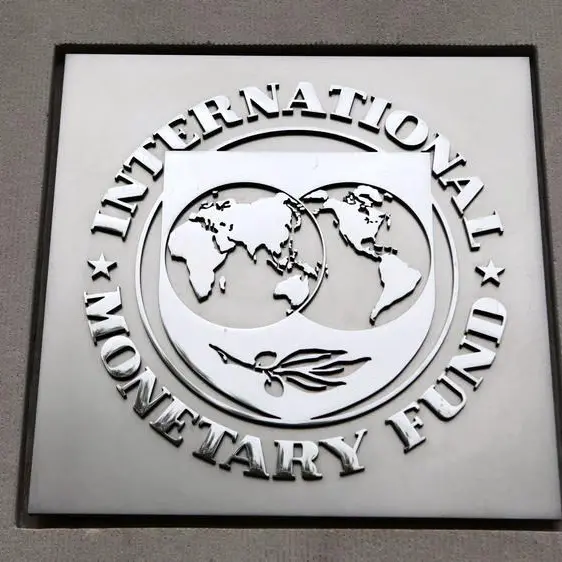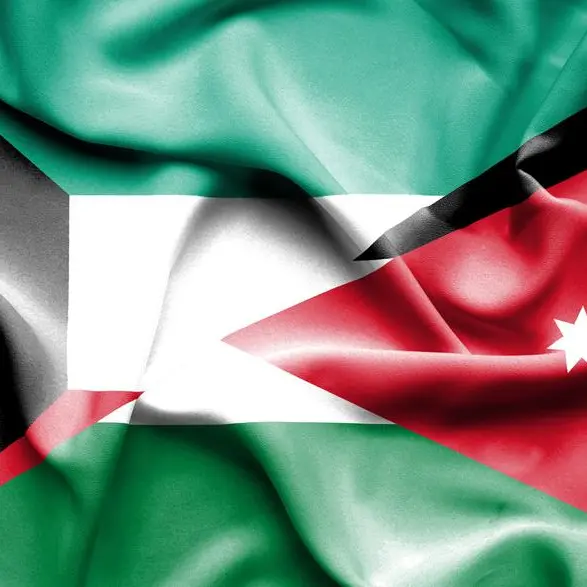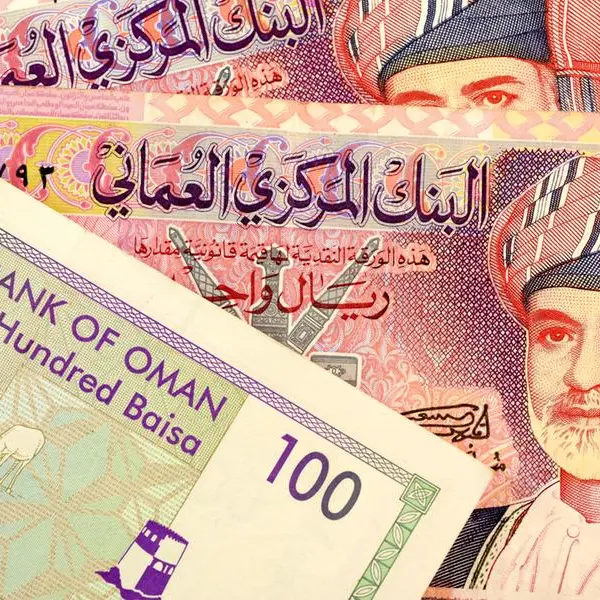PHOTO
Sovereigns in the emerging market (EM) region, which includes the UAE, can expect inflation levels to fall consistently in the coming year, but financial conditions will remain tight, according to a new report from Moody’s.
After peaking in 2022, consumer prices next year are set to ease as a result of monetary policy tightening, with the UAE expected to see inflation falling below 5%, lower than the forecast for other countries like Egypt, South Africa, India, Mexico, Hungary, Poland, Romania, Nigeria, Chile and Colombia.
However, Moody’s said that a transition to lower inflation rates could take time.
“EM inflation will peak in 2022 and then fall consistently in 2023 as monetary policy tightening slows demand and supply-chain disruptions normalise,” Moody’s said.
By the end of 2022, inflation in more than 50% of emerging markets will exceed 6%, compared with only one-fifth of EMs hitting that level in 2019. Inflation will continue to be driven by food and fuel costs, as they account for a huge chunk of the consumer basket.
UAE inflation
Consumers have been feeling the impact of higher cost of commodities and other basic essentials. Headline inflation in the UAE surged to 6.8% in the second quarter of the year from 3.4% in the previous quarter.
The inflation has been driven by the “moderate recovery in rents in Dubai”, according to the Central Bank of the UAE. The cost of transportation has gone up, as well as food, which has been impacted by surging global prices.
Moody’s said that while inflation in the emerging markets will fall next year, central banks will keep monetary policy tight.
“Despite our view that EM inflation will come down, there remains a risk that it will become more broad-based with high inflation expectations becoming entrenched,” Moody’s said.
In the coming months, overall financial conditions in the EM region will remain tight. Conditions, however, are not expected to deteriorate much further or return to levels seen during the pandemic.
Aggregate portfolio outflows of emerging markets are expected to amount to $80.1 billion between January and October 2022. The outflows are lower than the $93.2 billion recorded in March 2020 alone.
Emerging markets will also continue to face pressure from the strong US dollar.
However, no systemic debt crisis will likely happen, with higher-rated EM sovereigns expected to fare better than their peers.
(Reporting by Cleofe Maceda; editing by Seban Scaria)












